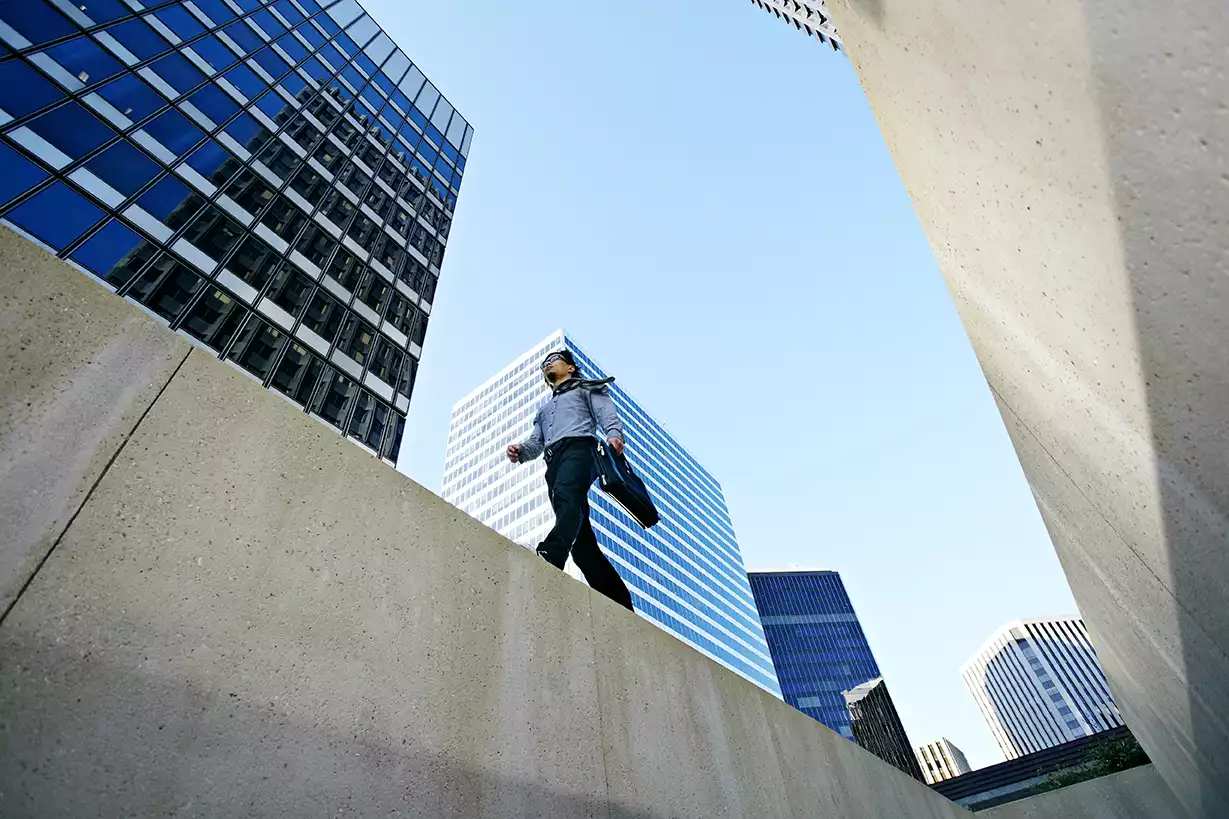
Speed up, share more. That’s the mantra of Daniel Bedekovich, Innovation Lead at Nokia’s Global Technology Center in Budapest.
Hi Daniel! You work in Nokia’s Mobile Networks R&D organisation in Budapest, and your title is Innovation Lead and Open API Technology Evangelist. What does that mean?
“I’m part of a team that is working to build an innovative ecosystem around Nokia’s Technology Center here in Budapest.
I’m also involved with Open API programs that aim at opening the operations and data of Nokia’s networks to the global developer community.
Open innovation is a huge mindset shift if you’re used to a more controlled environment. It’s a cultural journey, and my job is to support colleagues on that journey.”
If you’re interested in Nokia Open APIs, take a look at Mobile Networks Open API Developer Community on Open Ecosystem Network.
Why is open innovation so important right now?
“Because the things we want to do with technology are getting harder and harder.
Many tech problems are so complicated, that solving them is a challenge even when the entire ecosystem is working together. There’s no point in individual companies or teams trying it on their own.”
“It’s hard to open up to the outside if we’re not sharing things internally first”
How is this increasing complexity reflected in your work at Nokia?
“In the telecom industry, customer needs are growing and becoming more complicated. Everything has to be more effective and more customised, and at the same time things need to get done faster and more efficiently.
At Nokia R&D, our main focus is on two things: how to launch more projects now and not later, and how to work on them together and not alone.
But it’s hard to open up to the outside ecosystem if we’re not sharing things internally first. That’s why we’ve put a lot of effort lately into creating a culture of sharing also inside Nokia. That way we can more easily understand the pain points of open innovation with outside partners as well.”
Open Ecosystem Network is a part of Nokia’s initiative to boost open innovation within the telecom and tech ecosystem globally, as well as within Nokia. Read more about OPEN
Joint projects, ecosystem meetups and closer R&D collaboration with customers
You said that you’re building an innovation ecosystem in Budapest. What have you done so far?
“We’re launching joint projects with outside partners. Some of those partners can be giants like Intel or Amazon, but we’re interested in working with startups and other smaller companies as well.
We also organise almost bi-weekly ecosystem meetups around different topics and technologies. Some of them are hosted by us and some by other companies in the area, and our customers and other partners are often invited as well.
“Internally, we’re encouraging our R&D people to bring more of their new ideas in front of customers. Testing in live operations already at earlier stages of development is a great way to collect technical and business feedback.”
A more autonomous R&D organisation to speed up innovation and facilitate sharing
Talking about internal things, there have been some organisational changes within Nokia Mobile Networks R&D. What’s new?
“We’re moving towards decreased control with less organisational layers and more autonomy.
Since the second half of 2017, our R&D people have been organised into technical squads. All squads have given goals, but they can decide independently how to reach them. Several squads form bigger entities called tribes. Tribes leaders are responsible for the strategy and overall outputs of the tribe.
The goal is to use resources more efficiently and effectively, but also to let people be more proactive about sharing of knowledge and best practices.
There’s still a lot to do, but we’re already seeing that the organisation is a lot faster than before.”
What do you think is key in an organisational change like this?
“Senior leadership has a huge role. People will always have doubts about new things, but if the leaders have a strong vision about what needs to be done, it makes tackling those doubts a lot easier.
Our senior leaders have been very responsive, listening to people’s feedback on our internal social media Yammer and making quick changes and adjustments where needed. They are making it clear that they stand behind the change as a whole, but details can always be tweaked if something doesn’t seem to work.”
“People need to start thinking that things can and should be shared”
What else have you done at Mobile Networks to encourage openness and sharing of best practices?
“Nokia is a big company, so it can happen that people waste their resources on a problem that has already been solved somewhere else.
“Tools like Yammer and Teams from Microsoft Office 365 have helped a lot. They make it much easier to reach out to people outside your own team and ask for ideas, git repositorys, code etc. that you might need.
“But it’s a mindset thing, most of all. People need to start thinking that things can and should be shared.”
What makes people think that it’s not ok to share ideas internally?
“Sometimes it’s the fear of someone using your idea and taking all the credit. But teams can also feel that if they are only building on other people’s assets, they are not creating any value for the company.
“In reality, there is always added value in both the original idea and its applications. We need to get better at recognising both of these, and find ways of giving credit to those who deserve it.”
